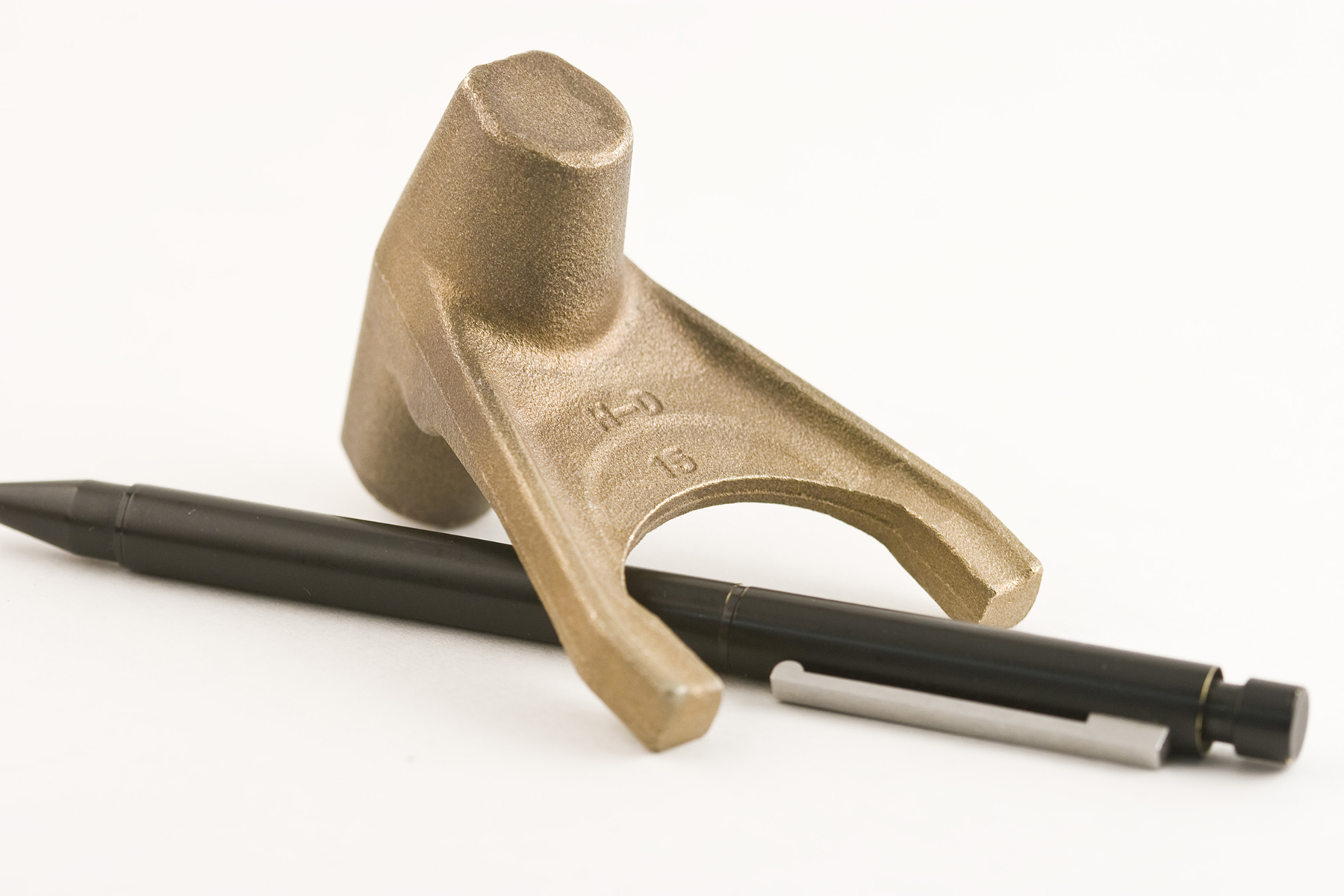Resin & Shell Castings
Patterns are made in halves on separate plates (cope and drag) typically made from cast iron or steel. The molds are heated and sand with a heat-setting binder is sifted on to the hot mold. The shell wall gets thicker and stronger the longer it contacts the heated pattern. When the correct thickness is obtained, the shell mold is ejected from the pattern. The 2 halves of the mold are glued together and molten metal is poured into the cavity created. After solidification the sand shell is removed and parts are ready for finishing.

